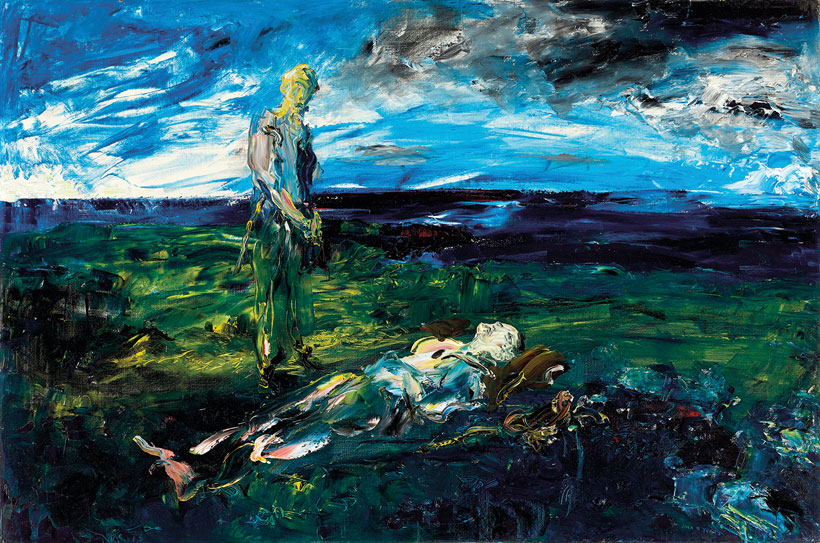
Ernie O’Malley is a fascinating character with a biography that would be deemed too far-fetched for fiction. Plucked from his medical studies to fight in the Easter Rising, he joined the diehards on the anti-Treaty side in the Civil War and ended up with twenty bullet wounds for his trouble after a skirmish with pro-Treaty forces. He carried some of these bullets in his body up to his premature death at 60. He also endured a forty-one-day hunger strike. After the Civil War, he headed to the US to raise funds for de Valera, but ended up staying, visiting Taos, New Mexico, where he took up with a bohemian crowd that included D H Lawrence, Georgia O’Keefe and Mabel Dodge Luhan. He subsequently moved to New York, where he had the good fortune to encounter Helen Hooker, a sculptor and photographer from a wealthy family. The unlikely duo married and settled down in Ireland to create art and write and became part of the arts world. They also built a substantial collection of 20th-century Irish art.
O’Malley was friendly with Jack B Yeats right up to the latter’s death and many of the smaller works on offer at Whyte’s have been extracted from one of Yeats‚’ sketch books, which he had presented to O’Malley. But the auction is dominated by five outstanding paintings by Yeats, three of which are guiding €500,000 to €700,000. Two of these works must have had a special resonance for O’Malley; The Fighting Dawn has been said to represent Republican soldiers on a mission, but the harlequin trousers on the standing figure seem to relate it to the strolling players that appear in many of Yeats‚’ later paintings. Yeats‚’ experts note the connection with Men of Destiny at the National Gallery of Ireland – a painting that also features a boat and dawn manoeuvres during the War of Independence. Death for Only One was bought by O’Malley directly from Yeats‚’ studio. It shows a man in ragged clothes standing over a dead body on an isolated cliff top.
The other three Yeats works – The Enfolding Night, Reverie and Evening in Spring – are equally powerful and resonant and they are in the Ernie O’Malley Collection in association with Christie’s auction.
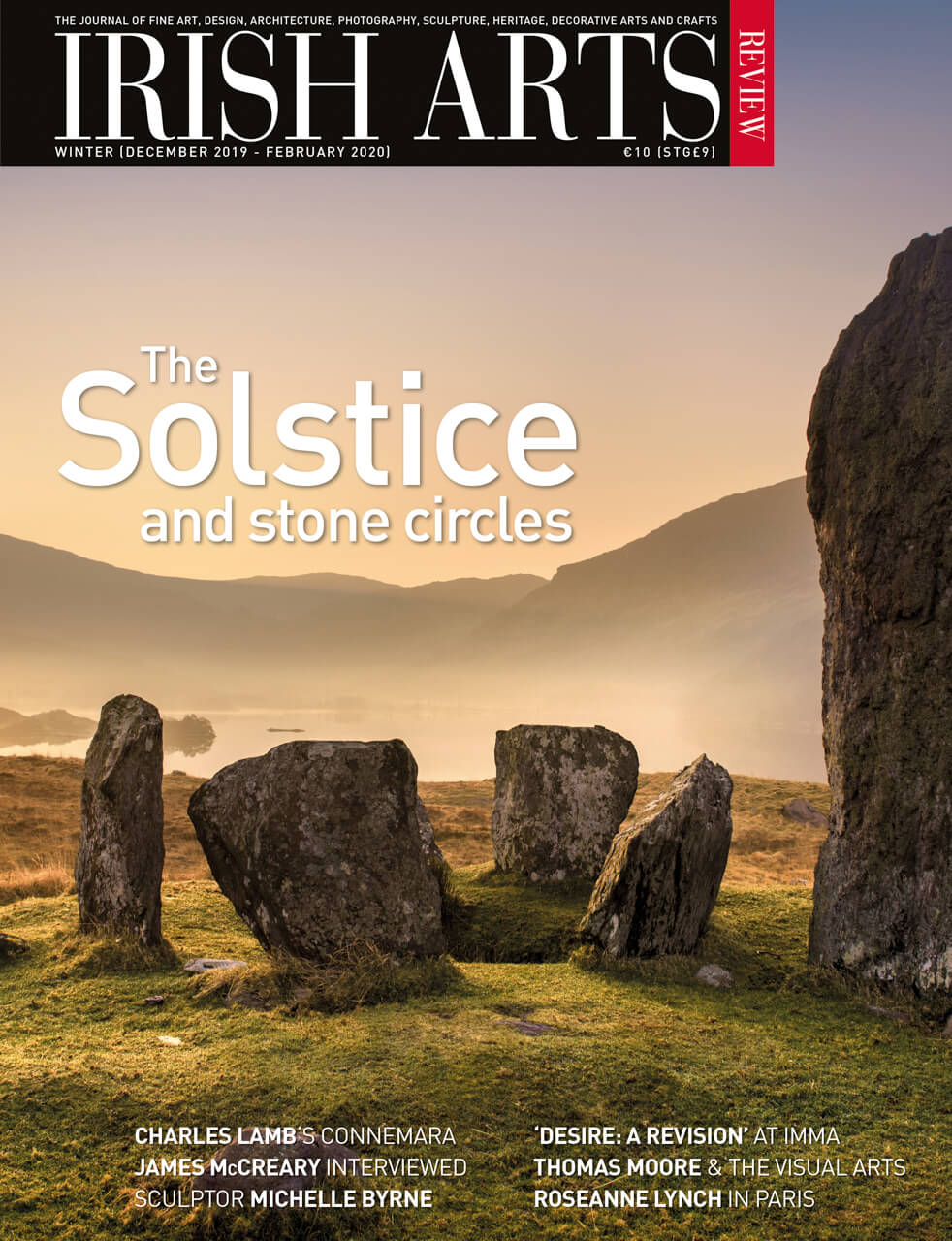
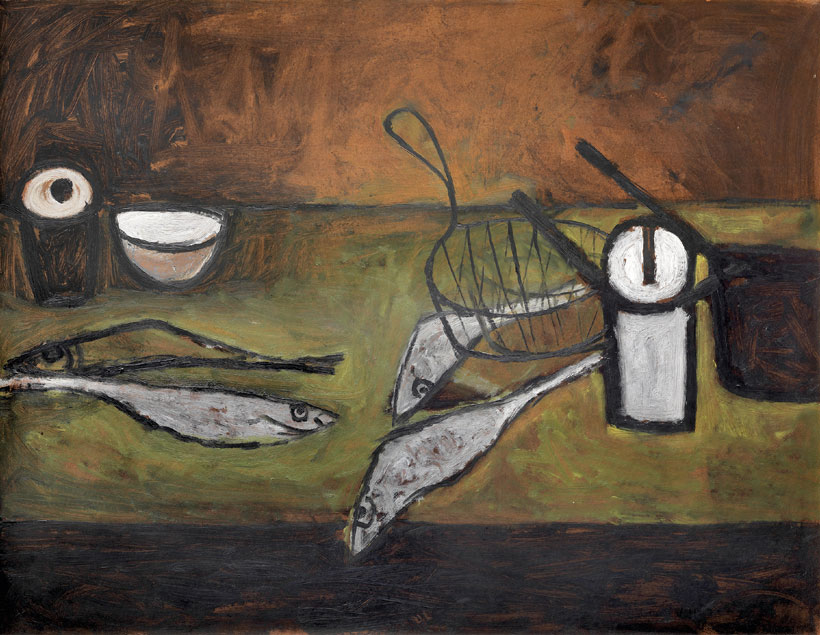
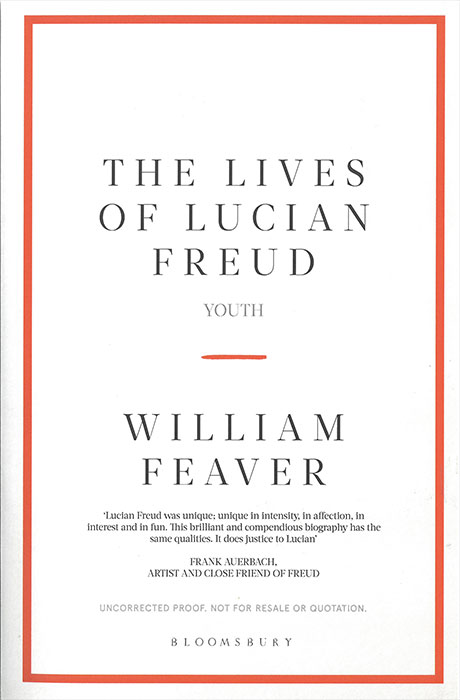
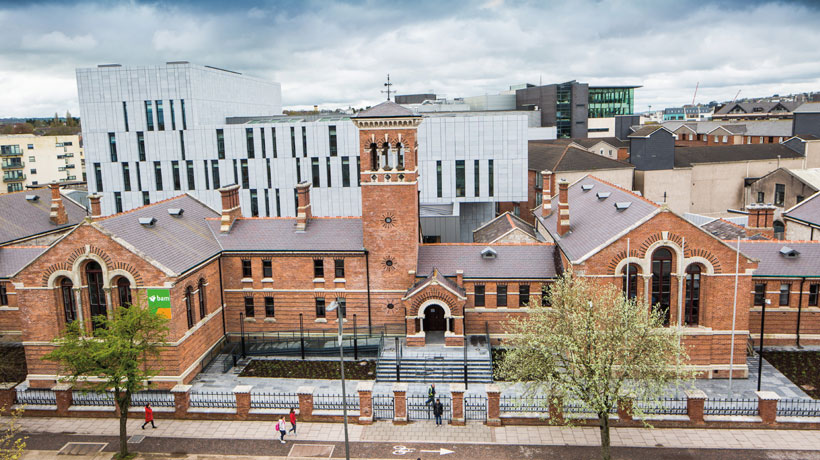
The new criminal court house in Cork unequivocally affirms the traditional role of court buildings to make an exemplary public statement, writes Judith Hill